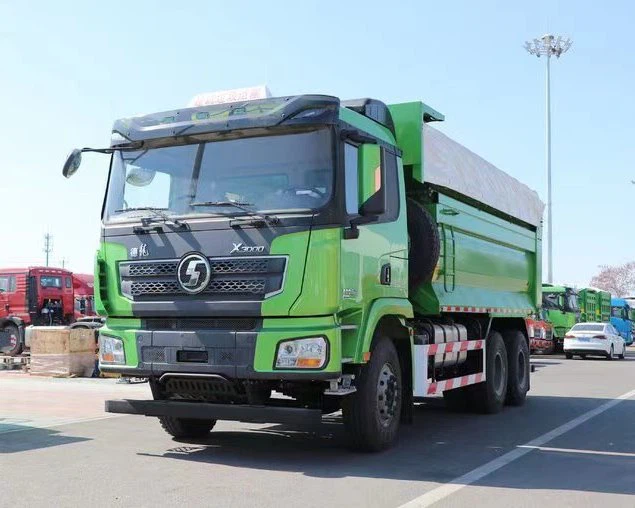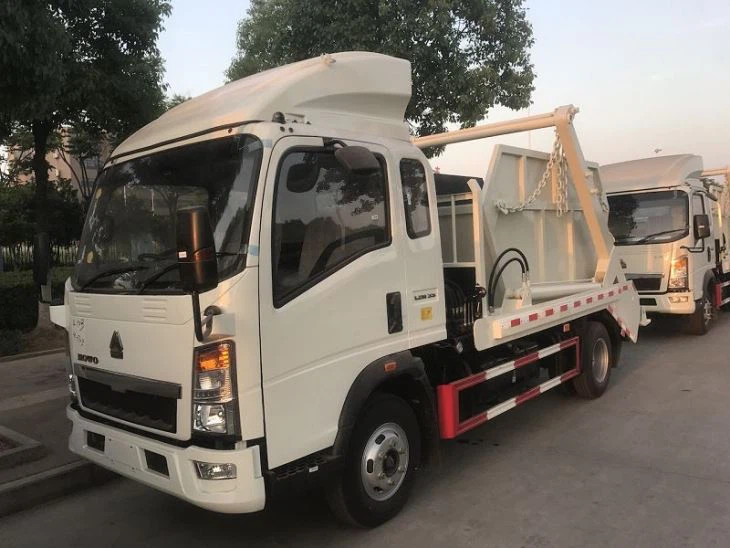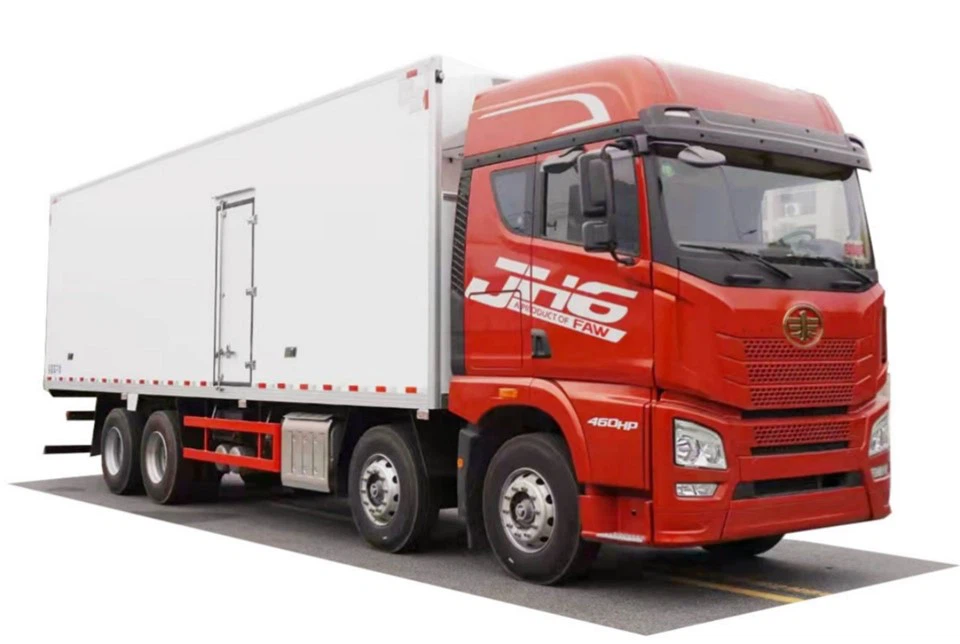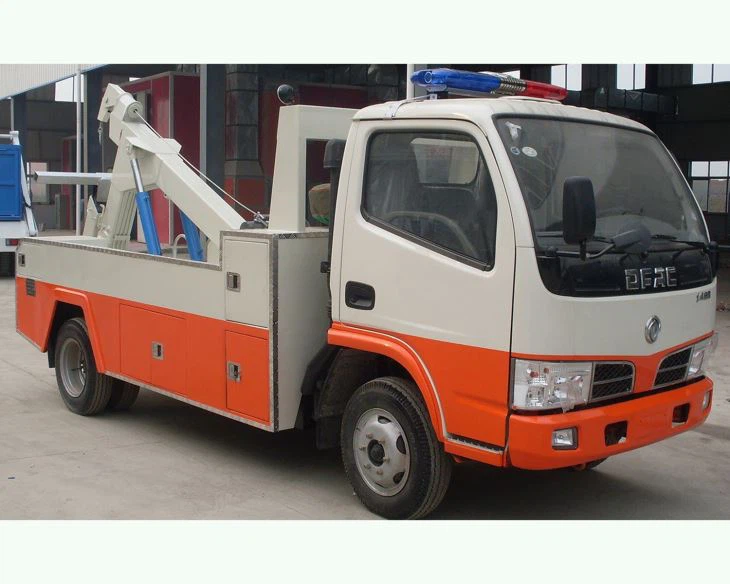Ultimate Guide to Bayne Cart Tippers: Efficiency and Innovation in Waste Management

In the world of waste management and material handling, efficiency is paramount. One of the often-overlooked yet crucial tools in this domain is the Bayne cart tipper. These versatile machines simplify the process of emptying carts and containers, improving productivity while ensuring worker safety. In this article, we’ll explore everything you need to know about Bayne cart tippers, from their design and functionality to best practices for usage and maintenance.
What is a Bayne Cart Tipper?

A Bayne cart tipper is an automated or semi-automated device designed to lift and tilt a cart, typically for the purpose of emptying its contents into a larger container such as a dumpster or compactor. These machines are invaluable in facilities that handle large volumes of waste or materials, such as warehouses, manufacturing plants, and municipal waste management operations.
How Do Bayne Cart Tippers Work?
Basic Functionality
Bayne cart tippers utilize a simple but effective mechanism. The cart is placed onto the tipper, which grips the cart securely. Once activated, hydraulic or electric systems lift the cart and tilt it to an angle sufficient to empty its contents. The process is controlled to ensure precision and safety, minimizing the risk of spills and accidents.
Types of Bayne Cart Tippers
- Hydraulic Tippers: These rely on hydraulic power to lift and tilt the cart. They are known for their strength and reliability.
- Electric Tippers: These use electric motors to achieve the lifting motion. They are often preferred for their energy efficiency.
- Manual Tippers: Although less common, manual tippers require human effort to operate. They are typically used in smaller operations.
Benefits of Using Bayne Cart Tippers
Improved Efficiency
By automating the tipping process, organizations can significantly reduce the time and labor involved in waste management. Employees can focus on other critical tasks rather than manually emptying heavy carts.
Enhanced Safety
Bayne cart tippers minimize physical strain on workers by reducing the need for heavy lifting. This decreases the likelihood of workplace injuries, which can lead to lost time and increased costs.
Consistency and Precision
Automated tippers ensure a consistent approach to emptying carts, leading to fewer spills and improved cleanliness in the workplace. This can enhance overall operational efficiency.
Choosing the Right Bayne Cart Tipper
Factors to Consider
When selecting a Bayne cart tipper, it’s essential to consider several factors:
- Weight Capacity: Ensure that the tipper can handle the weight of your carts.
- Power Source: Decide between hydraulic, electric, or manual based on your facility’s needs and power availability.
- Design and Size: The dimensions should fit your available space and the carts you are using.
- Safety Features: Look for models equipped with safety guards, emergency stop buttons, and overload protection.
Practical Example: Selecting a Cart Tipper for a Warehouse
For a medium-sized warehouse handling multiple types of waste materials, an electric hydraulic cart tipper with a weight capacity of 500 lbs would be suitable. This would facilitate quick waste disposal while promoting worker safety.
Installation and Setup of Bayne Cart Tippers
Site Preparation
Before installation, ensure that the chosen location is level and durable enough to support the weight of the cart tipper and the loads it will handle. Clear any obstacles and plan for easy access to the area.
Connecting Power Sources
If you are using an electric cart tipper, proper electrical supply must be installed. Consult a qualified electrician to ensure compliance with local regulations and standards.
Testing the System
Once installed, conduct a thorough test to confirm that the cart tipper operates correctly. Check for any abnormal noises, vibrations, or malfunctions. Follow the manufacturer’s guidelines for operational testing.
Operational Best Practices
Training Employees
Provide complete training for employees on how to operate the Bayne cart tipper safely and effectively. This should include instruction on loading the cart, starting the machine, and emergency procedures.
Regular Maintenance and Inspection
Establish a routine maintenance schedule to ensure the longevity of the cart tipper. This should include:
- Checking hydraulic fluid levels and leaks.
- Inspecting electrical connections and systems.
- Examining the mechanical components for wear and tear.
Maintenance Frequency Table
| Maintenance Task | Frequency |
|---|---|
| Hydraulic fluid inspection | Monthly |
| Electrical system check | Quarterly |
| Mechanical inspection | Yearly |
Common Issues and Troubleshooting
Problem 1: Cart Not Lifting

If the cart tipper fails to lift the cart, check the power source or hydraulic fluid levels. Ensure the machine is not overloaded beyond its capacity.
Problem 2: Uneven Tilting
Uneven tilting can be caused by improper cart placement or uneven surface. Ensure the cart is aligned correctly before operation.
Environmental Impact of Bayne Cart Tippers

Reducing Waste Contamination
By efficiently managing how waste is disposed of, Bayne cart tippers help reduce contamination of recyclable materials. This enhances the overall effectiveness of recycling programs.
Promoting Safe Waste Handling
Reducing manual handling of waste leads to safer working conditions, potentially resulting in fewer health-related issues for workers in the long run.
Future Trends in Waste Management Technology
Sustainability Practices
Innovation in waste management technologies, such as energy-efficient tippers and smart waste sorting systems, is on the rise. Bayne cart tippers may evolve to incorporate environmentally friendly features and improved automation.
Integration with Smart Technologies
With the growth of smart technology, future cart tippers may integrate IoT devices that can monitor usage patterns and maintenance needs, enhancing operational efficiency.
Frequently Asked Questions (FAQ)
Q1: What is the typical lifespan of a Bayne cart tipper?
A Bayne cart tipper can last anywhere from 5 to 15 years, depending on usage conditions and maintenance practices.
Q2: Can Bayne cart tippers handle different types of carts?
Yes, most Bayne cart tippers are designed to accommodate various cart types but always check the specifications for compatibility.
Q3: Are Bayne cart tippers safe to use?
When properly trained and maintained, Bayne cart tippers are safe to use. Always follow operational guidelines and perform regular inspections.
Q4: Do I need a special permit for installing a Bayne cart tipper?
Permitting can vary by location. It is advisable to check with local zoning and safety regulations before installation.
Q5: Can I repair a Bayne cart tipper myself?
Minor maintenance tasks can often be performed by the user, but repairs should generally be conducted by qualified personnel to ensure safety.
Q6: What kind of training do operators need for Bayne cart tippers?
Operators should receive training on safe operation, understanding the controls, and emergency response procedures.
